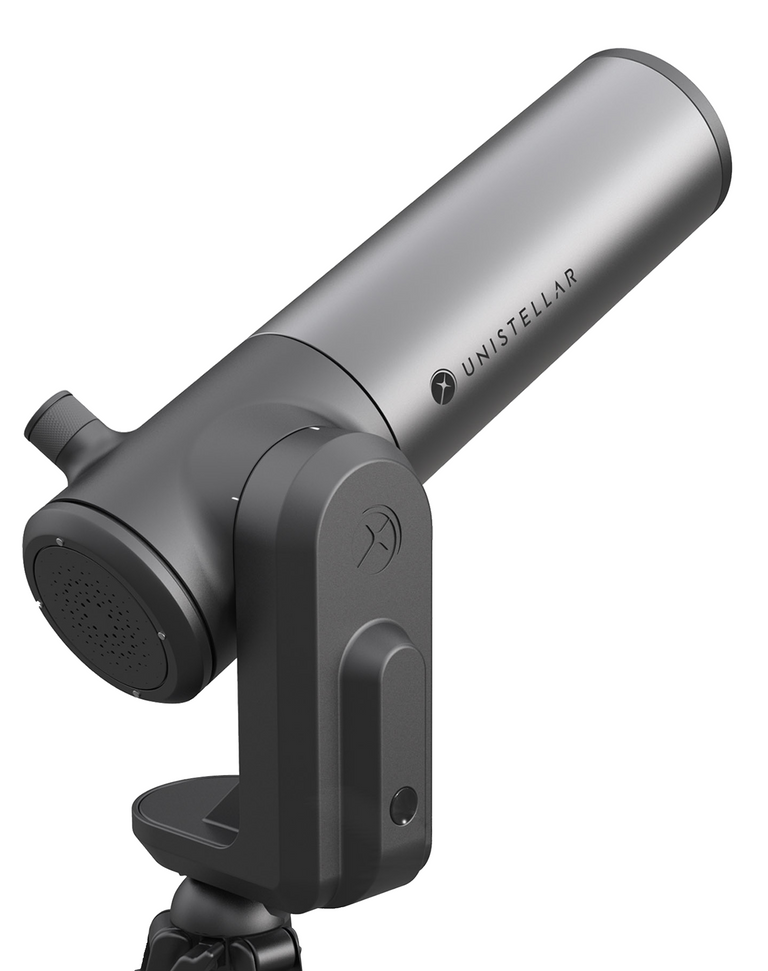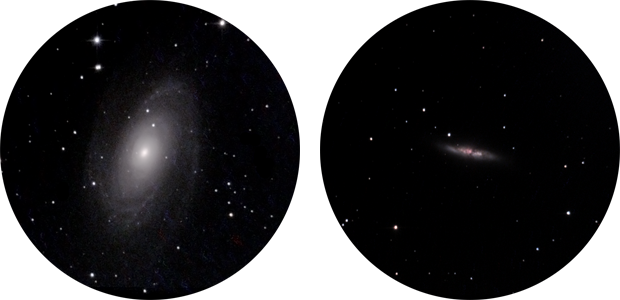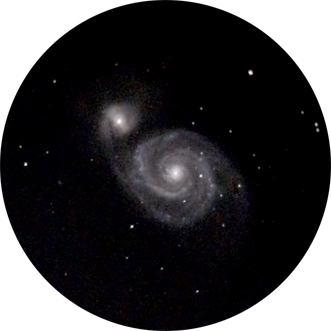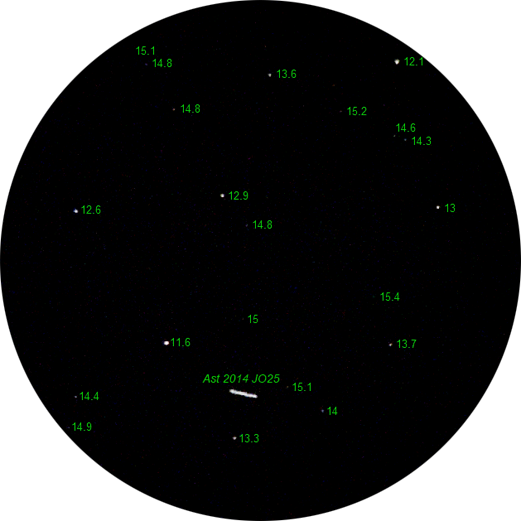I ran across this today and wanted to share it with my fellow Steemers. With even expensive, large, heavy traditional telescopes all you are able to see of distant things like nebulae and galaxies are a grey smudge. Seeing fine details and color takes very large apertures and/or long exposure times with a camera. Those are out of reach of most amateurs.

The Unistellar telescope uses a technique of "stacking" many short exposures with a sensor to progressively build a very detailed image....much more detailed than you would be able to see even with a much larger telescope. This image is available both digitally and projected through the eyepiece.
Here are some sample images of M81 and M82 which demonstrate the kind of images the scope is capable of. Again, these are significantly superior to what you would be able to see with a much larger 'scope unless you did the image stacking for yourself.

...and here is an image of M51, the Whirlpool galaxy:

An even more interesting piece of this project is that the scope is capable of participating in shared observing campaigns of celestial objects. Data collected from Unistellar scopes will be used to improve results gathered by professional observatories. This is an amazing opportunity for ordinary citizens to participate directly in top-level science research.
This is an image of asteroid 2014 JO25 moving across the sky. The telescope has identified the stars in the field of view, and the accurate pointing information generated by the observation will be used to refine the orbit data of the asteroid.

The telescope is not yet available for purchase, but I'm sure there will be more details on their website in the future.
http://www.unistellaroptics.com/en/
Note: all images are credited to Unistellar
Did you take those photos yourself?
Will you be taking photos of the solar eclipse next month?
Wowwww you are really great at taking photos
At first I think the telescope will be pricey. But like all technology the price will come down.
Do you think this will take away from the joy of looking into a telescope's eye piece and instead of seeing the light you see a display?
Also, is this mount design going to limit this telescope from taking longer exposure photographs or limit amateurs from taking better/longer exposures?
If I'm wrong I'm definitely open to discussion. I'm an aspiring/beginner astrophotographer.